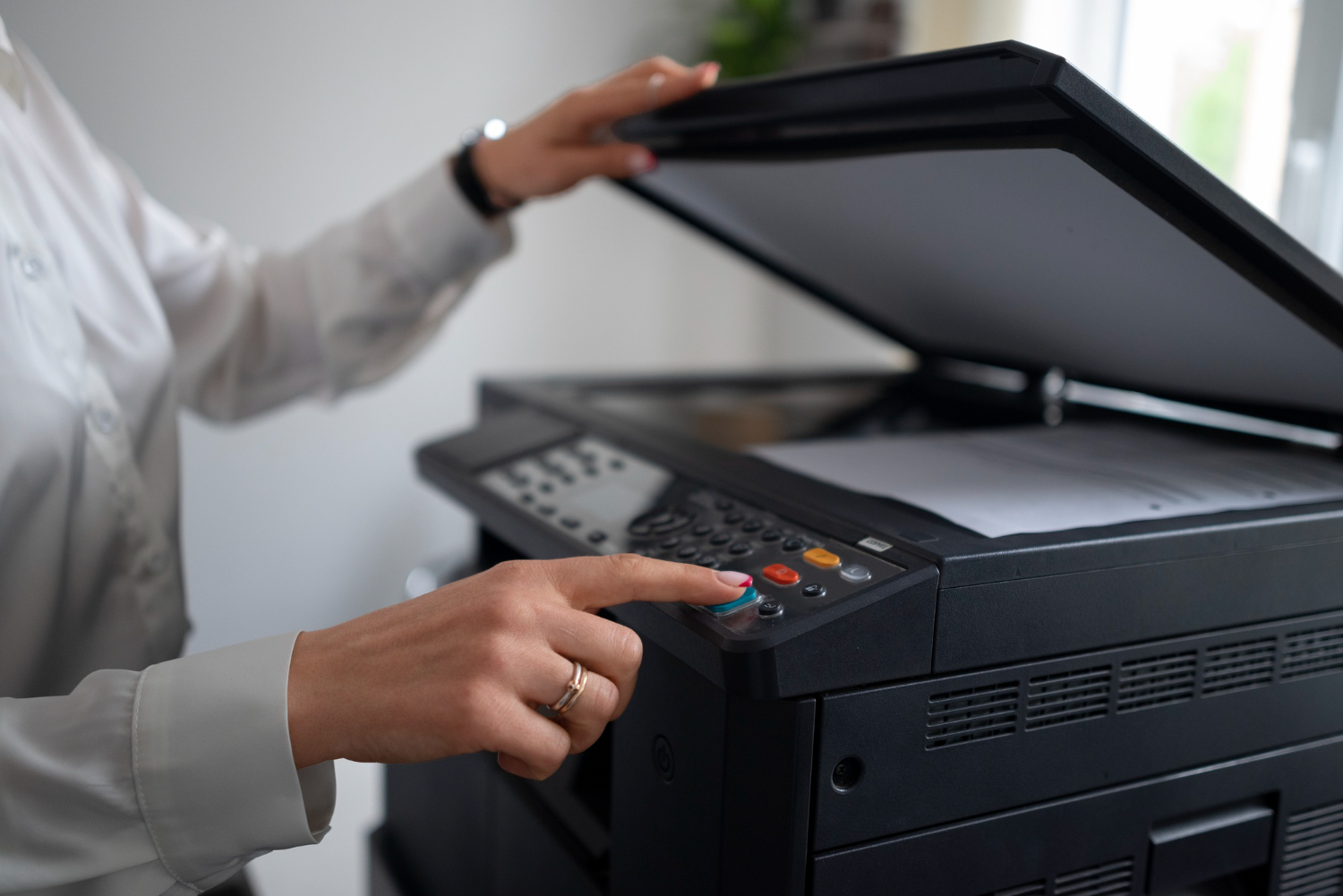
The optimum print resolution for an image depends on the subject matter. Detailed photos should be printed at higher ppi to stand up to close inspection by viewers, whereas softer and more diffuse shots usually require lower ppi.
The industry standard for digital art files is 300 dpi. This is the highest resolution that an offset press can accurately reproduce while maintaining a high level of detail.
Table of Contents
Detail
When maximizing the quality of your print projects, detail is the key. That’s why it’s always essential to have the highest or best resolution for printing possible. The higher the resolution, the sharper and crisp your images will be. This applies to raster (pixel-based) and vector (line art) images.
The resolution of an image is measured in pixels per inch, also known as PPI. This number determines the sharpness of an image when printed or scanned. A larger pixel size will result in a lower PPI, while a smaller one will result in a higher PPI.
High-resolution (or “high-res”) images can be printed at 300 PPI or higher. This is the optimal resolution for printing projects, including business cards, postcards, and brochures. Pictures created in a low key, such as 72 or 96 PPI, may look great on your computer monitor, but they will translate poorly to print.
The resolution also helps you determine how large you can make a print without losing quality. To resolve this, divide the pixel size of your image by the answer (at least 300 PPI). This will give you the maximum print size you can produce without noticeable quality loss. This is particularly helpful for determining the best print size for photos.
Texture
The print resolution you choose will depend on the size of your image and the distance from which it will be viewed. Generally speaking, higher is better. A low-resolution file will become pixelated and blurry when printed at more oversized dimensions, even though it may look perfect on the computer screen.
To avoid this, you must design your files at a high resolution (300 PPI). Any lower will result in blurriness and pixelation. You can also use third-party software to upscale your images to a higher resolution, which can often cause artifacts and other undesirable effects in the final print.
A higher PPI will also require more printing ink, which can be expensive and lead to wasteful spending. However, the extra dots in a high-resolution print will provide more detail and accurately represent your original digital artwork.
Keep in mind that this applies to raster images, not vector graphics. A vector image uses mathematical calculations to create the appearance of an object and therefore is much more precise in terms of its resolution than a pixelated raster image. Knowing the difference between these two types of images is essential so you can make informed decisions about your printing options.
Contrast
The higher the resolution, the more detailed the print will be. This makes it easier to read the text and see fine details. It is also an excellent way to avoid pixelation, which can happen when an image is printed at a lower resolution than it was designed.
Whether printing business cards, brochures, or postcards, the best print resolution will ensure your images look sharp and crisp. But there’s a lot of information about the optimum solution, and it cannot be obvious.
Resolution is measured in pixels per inch (PPI), and it’s essential to understand the difference between PPI and dots per inch (DPI). A raster image has a fixed number of pixels; when you enlarge that image, those pixels appear larger and more defined.
The DPI is used to describe how many ink dots are applied per square inch to a scan or print, and it measures the quality of an image. A high DPI is more detailed but also has a larger file size.
300 PPI is the optimal resolution for achieving a sharp and crisp image for most print projects. However, it’s also important to consider viewing distance. Generally, prints that will be viewed from a distance of three feet or more can get away with a lower resolution.
Color
Regarding print resolution, you’ll also want your files to have high-quality color. This will ensure that your images and designs appear vibrant and crisp. You can use a photo editing software program to achieve the best color by adjusting brightness, contrast, and saturation.
Another factor to consider is the type of content and the viewing distance of the final piece. For example, landscapes may be more demanding of the eye and should be printed close to their resolution limit. In contrast, images with smooth surfaces and geometric structures are less so and can often be printed larger.
Lastly, you’ll want to choose a resolution that will accurately produce your artwork at the size it will be printed. This will help avoid any pixelation and distortion when enlarging your file.
For most prints, the recommended resolution is 300 dpi. This resolution will be optimal for printing brochures, flyers, books, and posters. It will also look excellent on business cards and postcards.
Print resolution can get technical very quickly, and it’s essential to understand the difference between PPI (pixels per inch) and DPI (dots per inch). Both terms are often used interchangeably but have different meanings, as explained below. If you have any questions about print resolution, ChilliPrinting has a team of print experts to assist you.



